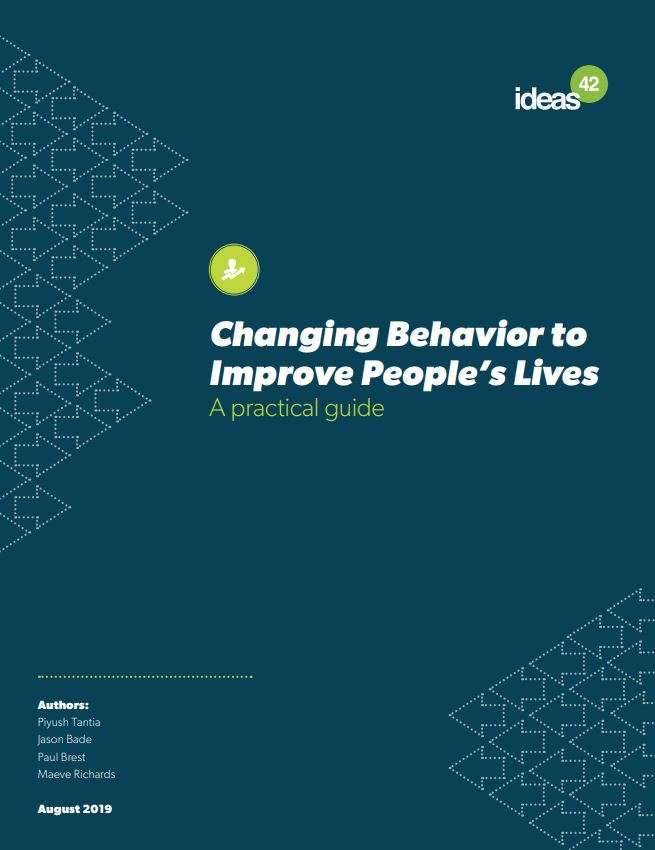Many, if not most, technological solutions ultimately depend on individual behavior. Energy-efficient hybrids or electric cars are of little use if drivers don’t buy them. The birth control pill, invented in the 1950s, provided a breakthrough technological solution for providing effective contraception to hundreds of millions of people. But effective use of the pill requires that it be taken for three weeks with a break for the fourth. For many users, this regimen, with its irregular routine, was more difficult to follow than taking the pill every day. The behaviorally informed solution was to include a fourth week of placebos.1 (You might think that we have ignored a third broad category of markets and other systems. But these too involve a mixture of something akin to technology—the policy intervention in changing a system—and individuals’ behavioral responses to it.)
Professionals, no less than the rest of us, are participant-observers in the social world. Although many of us have strong intuitions about the levers for changing behavior, our intuitions are often wrong. Some important developments in the past decades have helped identify common intuitive errors and build behavioral strategies based on empirical evidence.





Add Comment